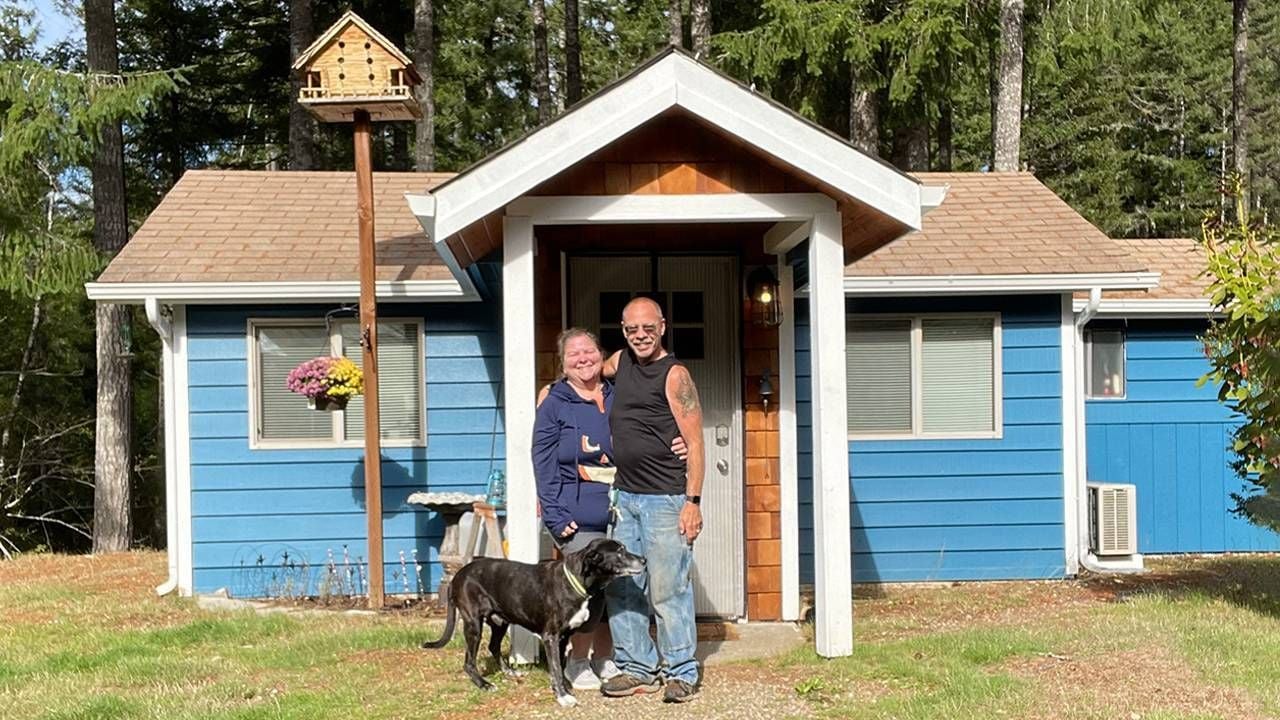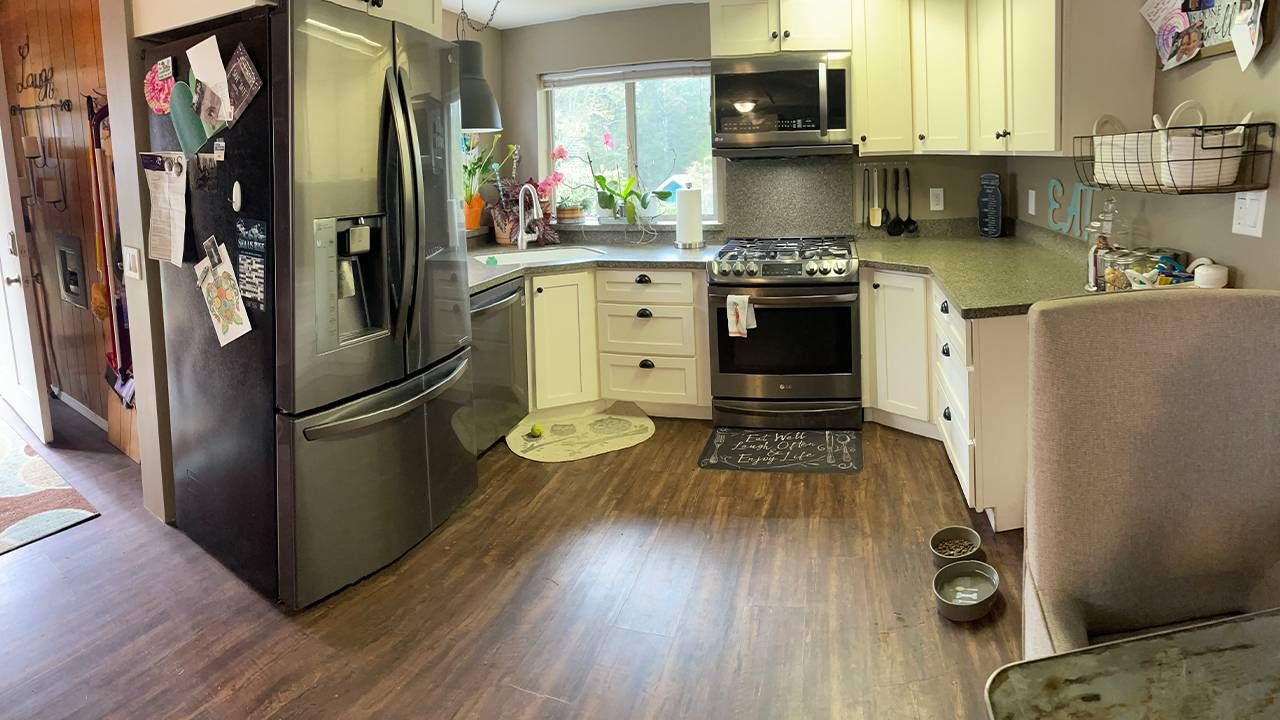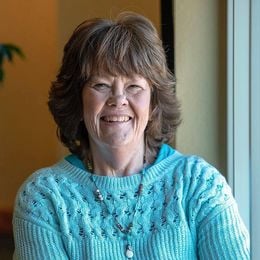What's Happened to the Tiny House Movement?
Those in the housing industry say the Tiny House Movement hasn’t shrunk, but matured
When my husband, Dale and I moved in 2007 to our 480-square foot lake cabin in the Ozark Mountains, we had no idea we would accidentally become trend setters. Our original plan was to build another 1,000 square foot home and use the cabin as my office and a guest house.

Then the Great Recession hit. Dale was laid off and we learned during that winter we could live pretty comfortably in a tiny house. We did build a separate 320-square foot studio to use as my workspace and a guest house for friends and family.
"The movement hasn't stopped growing, it's just not in the public eye as much anymore."
In 2009, I decided to start writing about living small. I created the blog, Living Large in Our Little House, and ultimately wrote a book by the same name.
When Dale died in 2018 and I tried to decide what my life would be going forward, I lost touch with those involved in what had become the Tiny House Movement.
"We're still here," says Kent Griswold, 63, who lives in Bend, Ore., and is the founder of the Tiny House Blog, which is believed to be one of the first blogs about tiny houses. "The movement hasn't stopped growing, it's just not in the public eye as much anymore."
People Still Finding Big Satisfaction in Living Small
John Olafson, 60, and his wife, Staci, 53, live with their black lab mix, Samson, in 450-square feet in Shelton, Wash. They raised their children about 100 miles away in Bothell, Wash. and took an RV trip to the Shelton area.
"We finally found this property and used it as a weekend and vacation home for several years," says Olafson.
When they moved from a 1,300 square foot home in 2015, the couple's original plan was to use the smaller home as a guest house and build a larger home.
"Nine months into retirement, I learned I had throat cancer," says Olafson. "We decided just to make the smaller home as nice as it could be."
Olafson described the cabin, which was originally built as a 12x20 picnic shelter that was eventually enclosed and expanded with a bath and bedroom, as a shell.
"It had harvest gold appliances and we were in the middle of our DIY remodeling when I got sick, so we had to hire to get it done," says Olafson.
Olafson says that, similar to my situation, outbuildings, a separate shop for his wife's arts and crafts hobby, and a bunkhouse that their grown children and grandchildren use, make living small doable.

"We don't have room for entertaining, but we have a pavilion where we can entertain in warm months," says Olafson.
Art Laubach, organizer of the Colorado Tiny House Festival and owner of Einstyne Tiny Homes, says the festival has grown from builders showing 28 homes the first year in 2018 to 55 to 65 homes in the following years.
"We were hoping to have more builders after COVID this year, but they were all just too busy," he explains.
Laubach says due to the pandemic, which has made people re-evaluate what is important, retirees, mature widows and single women are driving much of the demand today.
"Anytime the economy is down, alternative living options go up and when things are unstable, people are looking for a more stable way to live," he says.
Griswold agrees, but says instead of just the novelty of people looking for tiny homes on wheels, which really drove the movement during the Great Recession, people are looking at other ways to live small.
"The camper van movement, which really has been around since the sixties, is making a big comeback. People are also building tiny homes on foundations to get around code restrictions," Griswold says.
Codes Are an Ongoing Problem for Tiny Homes
There are many upsides to tiny homes, such as lower costs, but the big downside is code restrictions. Several years ago, Connie Howe, 68 and her husband, Ken, 70, built a park model tiny home outside of Olympia, Wash. Park Model homes are transportable, but are designed for long term or even permanent placement. When the Howes retired, they decided they wanted to live on the ocean and began looking for property.
"Anytime the economy is down, alternative living options go up, and when things are unstable, people are looking for a more stable way to live."
Although their home was custom built and had a beautiful design, they couldn't find a jurisdiction that would allow their home.
"We just wanted to move with our home," says Howe. "We didn't want to sell it. We are very happy here, but I do still miss that home." The couple ended up purchasing an oceanside condo.
While some jurisdictions in the West where wildfires have ravaged whole regions are becoming more lenient with codes, Laubach, who is also the president of the Colorado Tiny House Association, says the organization holds an "Elected Official Day" to speak with officials about codes as they relate to tiny homes.
"Tiny homes on wheels or park models are thought of as RVs, but many jurisdictions are starting to think of them as Accessory Dwelling Units (ADUs). Still, the code problems can get frustrating for people," says Laubach.
I Decided to Stay
When I was able to evaluate my own circumstances, the only downside, really, is the remoteness of my tiny cabin. The land and eventually, our tiny house, was our dream. Once I found ways to make it My Little House, I decided I'm still right where I want to be.


